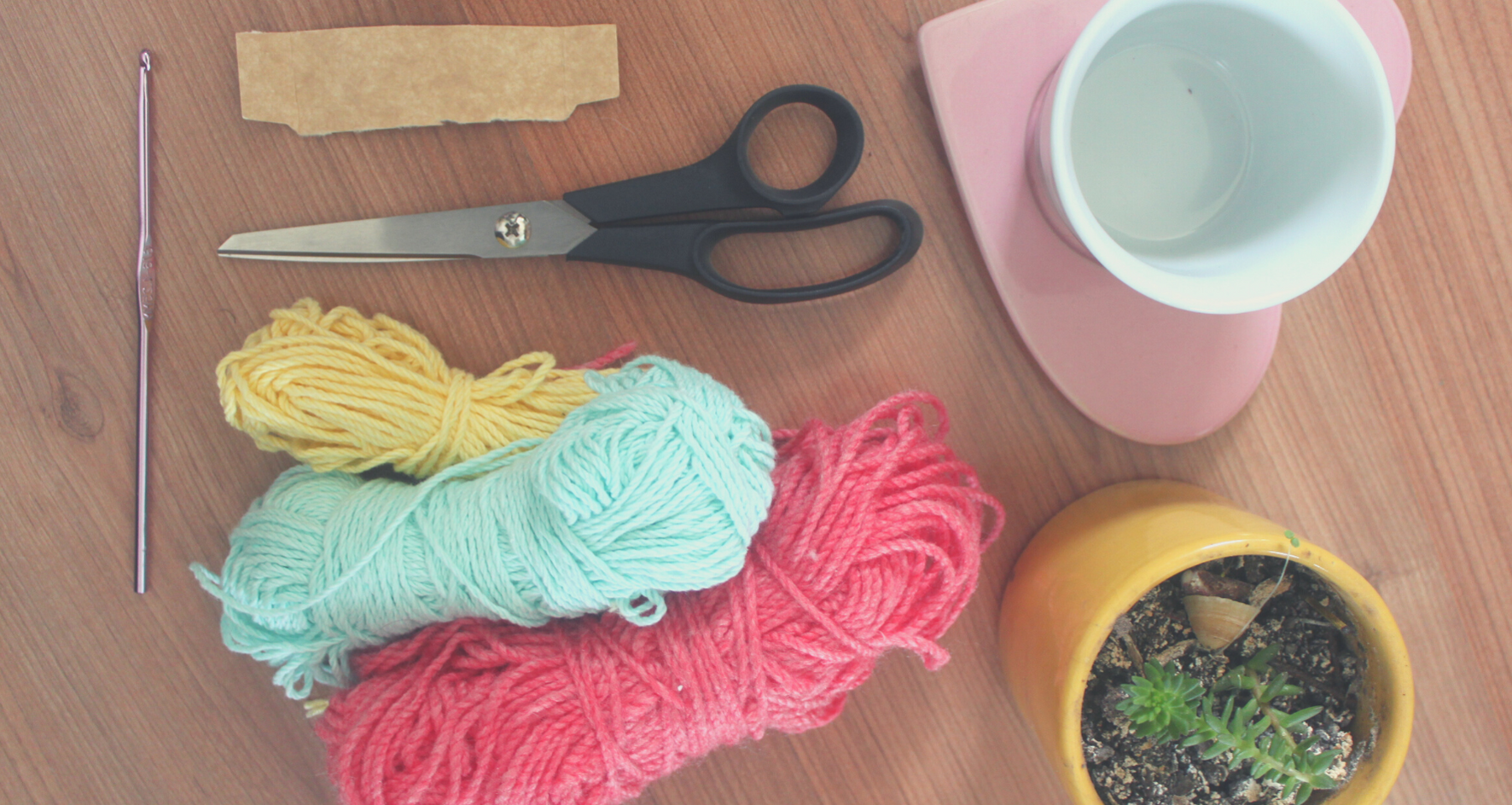
All materials you need to create Amigurumis
By Chantal on July 06, 2021
Starting with Amigurumis, and don't you know what to buy? Don't worry, this has happened to every Amigurumi crocheter. Yes! It's very common to be overwhelmed with a lot of information about materials, type of threads, crochets, and others. But this is why I'm writing this post specially for you 🙂
Then, the first thing we need is a crochet and a thread, of course! We will also use fiberfill, stitch markers, scissors, pins, among others. So, I will explain you each one of these items, in order to clarify what are the best things in which you can invert your money.
yarn
This is the principal material for our amigurumi, hence it’s very important to select it well. We need, as the most important requirement, that you feel comfortable with it, that the thread has the characteristics you want. This means that the thread is soft enough, the color is what you want it to be, the thickness is not that thin or thick, etc. All these will depend on what you want to crochet. For example: if I want to crochet a very big Amigurumi, I surely will select a thick yarn; if I want to crochet a very well known character, the color may be very precise; or if the Amigurumi will be dedicated to a baby, the thread shall be hypoallergenic or specially designed for them.

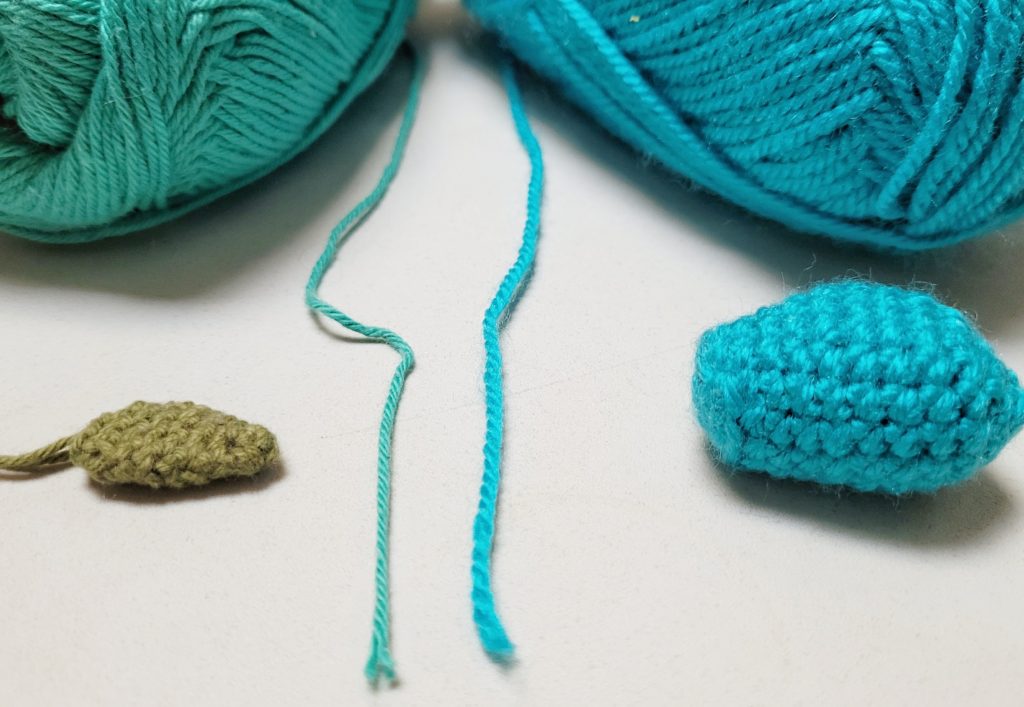
In terms of materials, several types are found in the market, but the most common ones are made from cotton, acrylic or a mix of them. The acrylic thread is very soft and the strands that compose the yarn are commonly compacted. This means that the yarn will not open in their strands while you are working, and it will be easier to crochet. Together with this, these type of yarn is cheaper than the others.
At the other hand, we have the cotton threads, which are more expensive and a little bit more rough in terms of touch; however, the cotton Amigurumis look neat, with an aspect of “hand made” that you can’t produce with the acrylic yarn. Maybe it is because of their matte colors, in contrast to the bright colors of acrylics. This yarn is also better for kids. My advice here is that if you’re starting to crochet it would be easier to use acrylic thread, but if you want to perfect your work, use cotton. I think it’s better to try both, and see what you like more.
Another characteristic you shall evaluate is the thickness of the yarn. Most Amigurumis are crocheted with light yarn, but it will depend on the size of your project. You may want to use thicker yarn for bigger projects in order to reduce the work. There is also another very very thin yarn which can be used for small Amigurumis or if you want smaller stitches. You can use a small yarn, smaller than you can imagine! If you don’t belive me, search for “micro amigurumi” on Google.
Personally, I prefer to work with light cotton yarn, for crochet hook number 3. It accommodates better to all my Amigurumis.
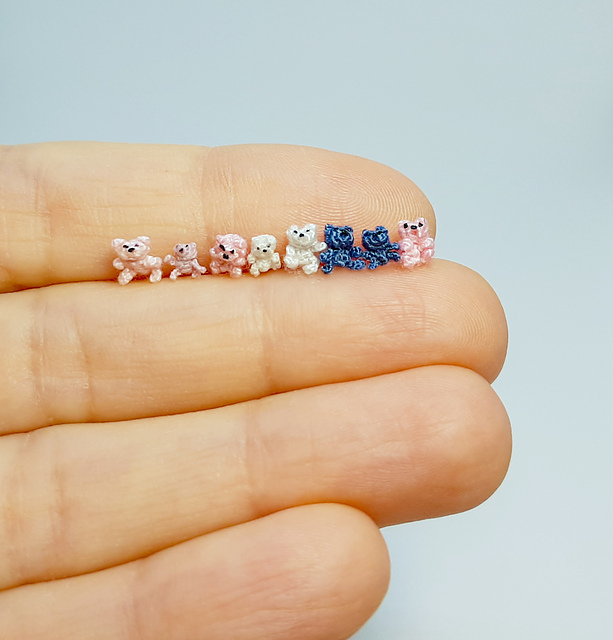
You can also find in the market yarns composed with different number of strands. The most common for Amigurumis are 2 or 3 strands. This is related with the thickness of the thread, so I don’t use this characteristic to select my yarn.
These are some advices to select your yarn, but they are just a guide, if you are starting with amigurumis, nothing can stop you! You are free to use any thread you have at home or that you can easily obtain.
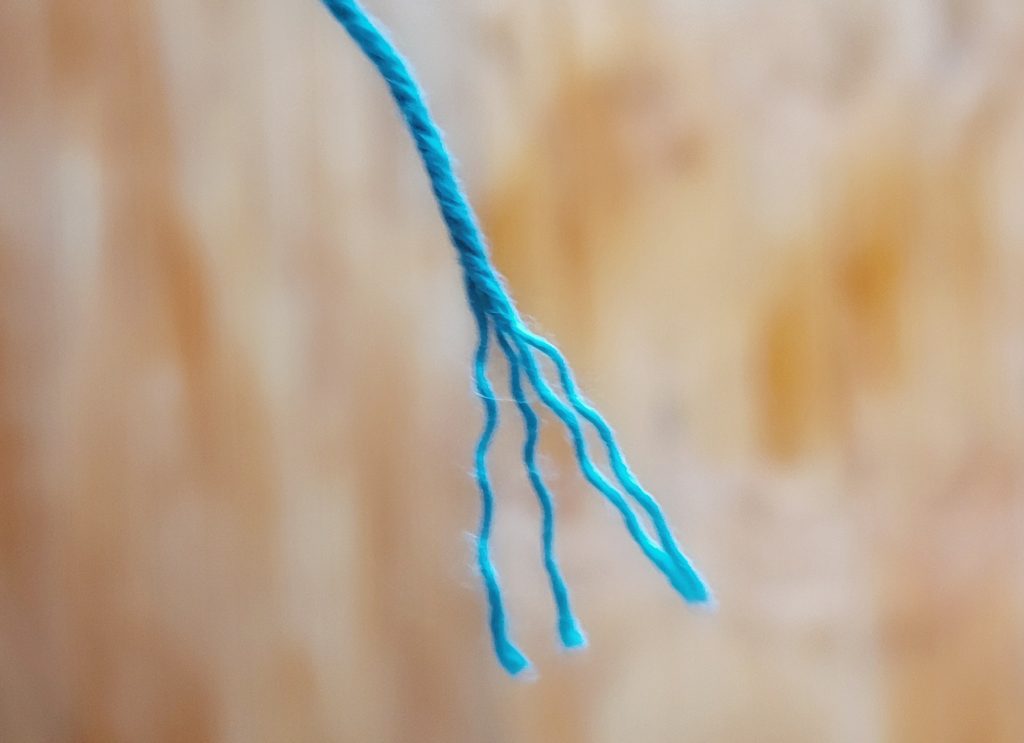
Crochet hook
Our friend the hook! It is always in our hands, so it’s very important to feel comfortable with it. Of course you will be able to crochet with any one offered in the market (and there is a lot of possibilities); with the only consideration to have in mind the golden rule: Use the hook number which is recommended at the yarn label, always!. You can reduce the hook number in 0.5 or 1, but no more than that. Please never use a bigger hook, because this will produce holes in your stitches, and at the end, the fiberfill inside your Amigurumi will be visible.
After this rule you can use anyone you like! Double hook, ergonomic, with light, of different colors, interchangeable hook, etc. For me, the characteristic that changed my life is the ergonomic handle. This hook is lighter, soft, easy to use, I can’t explain this so much, but I love it, and my hands too. You really should try one if you have the opportunity.
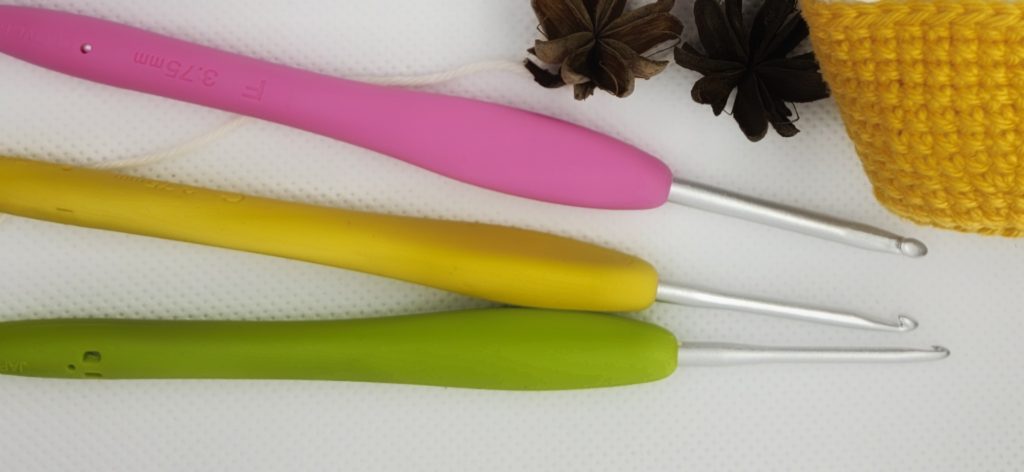
Stitch markers
Used for easily mark the rounds, and ease our task of counting stitch by stitch. They are also helpful, to check if we are doing fine, when we are following a pattern because we can count the stitches in the round and compare.
You can use the ones offered at the market, but there are other options, such as safety pins (the small ones that come with some clothes packaging are perfect). You can also replace it with a 10cm yarn of a different color.
The thing is that you can distinguish wich is the first stitch of the round.
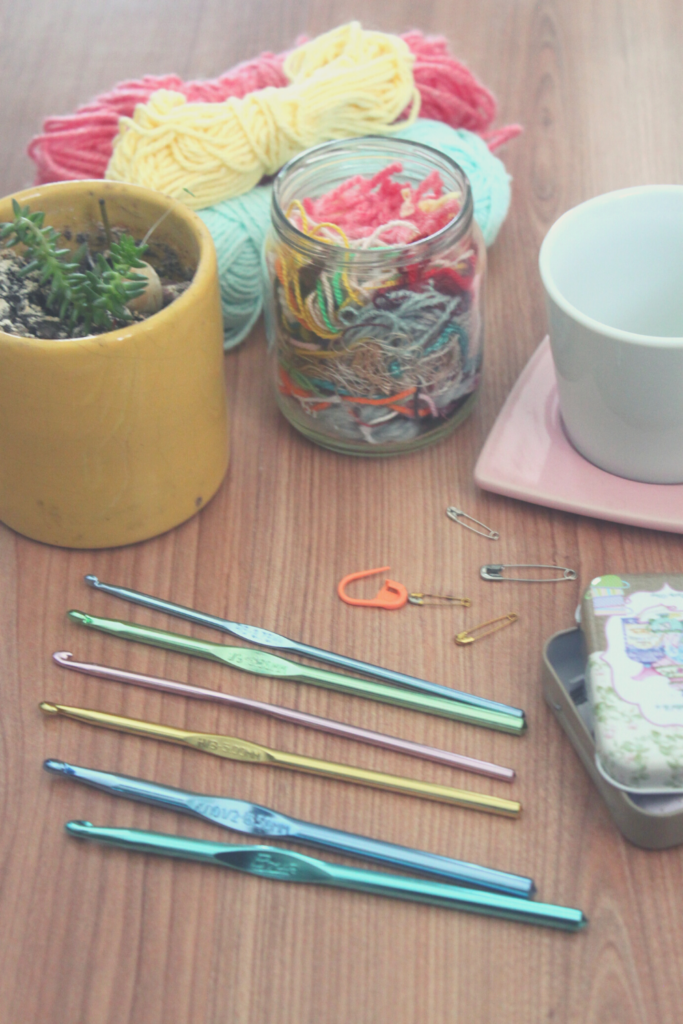
Stuffing
I think that this item is the most difficult to find out at the market. Commonly, we use synthetic fiberfill which is offered at places where fabric and sewing supplies are sold. At least, in my country you shall buy 1Kg, which means a very bulky bag, which is not that easy to carry home at the public transport (but is a good pillow for a long subway trip). This kilogram will be enough for a lot of Amigurumis, so you don’t have to buy it so often! Let me know if the fiberfill is sold in this way in your countries 🙂 .
After the “official recommendation” I’m free to give you other ideas to fill your Amigurumis. Old clothes, old dish towels, and other pieces of fabric are also good to stuff, just cut them in small pieces. I also use to accumulate pieces of remaining threads from my projects and I mix them with the fiberfill. You can separate the strands to make your reused yarn more bulky. And finally, you can use old pillows, old plushies (or ex-boyfriend/girlfriend gifts) to take their fiberfill.
I love these last options, because we can reuse materials which reduces a little bit the contamination we do to our planet. Give them a opportunity please.
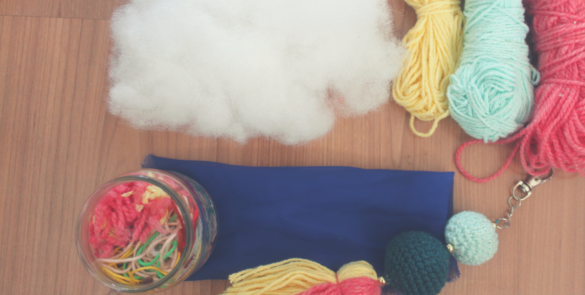
Amigurumi eyes
Have you heard about the safety eyes? Yes!, these are special eyes to create stuffed animals or plushies, and for Amigurumis they are perfect. The name “safety eyes” indicate that when you install it, you can’t remove it from your Amigurumi. They comes in 2 parts, the eye itself, which is the part you can see attached to a thread; and also a second piece which are the washers. The washers have to be attached to the eye’s thread and they will be fixed. You can find several colors of safety eyes, but I think the best is the black one, which is very versatile for Amigurumis. You will also find different sizes, that will depend on the size of your Amigurumi. The sizes are the diameter of the eye circle, commonly in millimeters.
Other good materials for eyes are buttons and black beads. If you search in the market you can find very nice surprises!. If you want your eyes with an specific shape, and not just a black dot, sewing lency cloth may be useful.
Embroidery is another excellent option when it comes to making/adding the eyes. It requires a little bit more patience, of course, but you’ll see it is worth it. When we create Amigurumis for babies, it is better to embroider, in order to avoid any minimal possibility that the safety eye is eaten!.
scissors
Scissors are very important because we change colors very frequently when we crochet Amigurumis. Sometimes I can’t keep working because I don’t have any scissors! I have even cut the thread with my hands but it hurts. So if you’re crocheting everywhere don’t forget to pack your scissors. Any scissors are good to cut threads, but I recommend some small cutters for embroidering, so you can take them with you easily.
pins
The pins are very useful to sew the Amigurumi parts together. I first attach the pieces with pins and when I’m satisfied with the shape I sew. Any sewing pins are good for it, of course you will find beautiful pins which can make you a little bit happier, but they are not strictly necessary hahaha.
Needle
The needle is necessary to sew all the parts of your Amigurumi, or for embroidering details. Personally, I prefer sharp pointed needles, because it’s easier to insert it in any part of the Amigurumi. However, any wool needle will be ok.
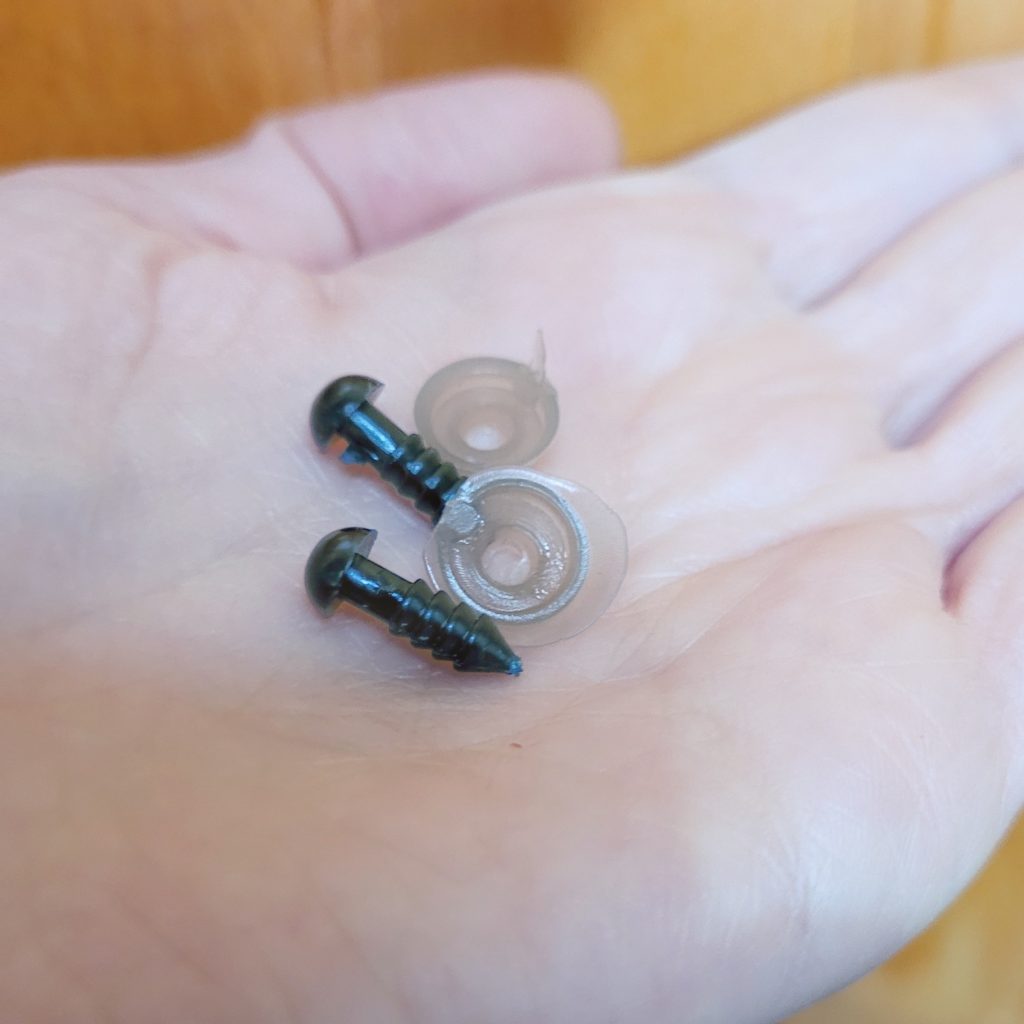
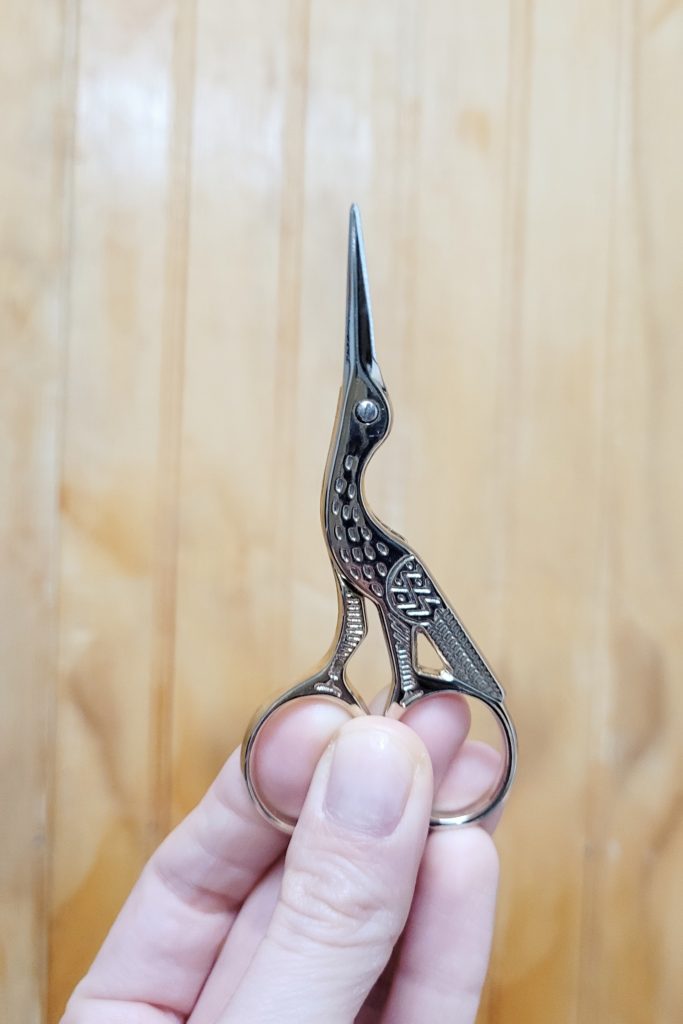
Optional
Now, I will present you some materials, which are not that important, but they have saved me more than once. They could be useful for you in certain projects.
Lency cloth: Ideal for details, just cut the shape you want and sew it to your Amigurumi. You will find it in crafting or sewing stores.
Embroidery threads: Useful to sew small details.
Crafting pipe cleaners: These are good to give strength to the Amigurumi arms, legs and neck. Just introduce them inside the pieces and you will achieve that your Amigurumi can maintain poses.
Crafting glue gun: Can be necessary to fix some details. I personally prefer to sew all the details, however, I use the glue gun to paste the safety eyes. I will post you a tutorial later.
Bag for your stuff: You will have a lot of pieces, yarns, eyes, etc. A bag will be very helpful to store and carry your projects.
Pen and paper: Useful to tick the pattern, draw sketches, or count the rounds. It’s always useful to count because you can keep track of the pattern; or if you are designing, and you have to unravel, you will correct your stitches easily.
Relaxing place, a coffe or cookies: I use to crochet at the bus, at the subway or anywhere, but a good place to be comfy makes the experience a peaceful and relaxing activity.
Incorrect access token specified.
Featured products

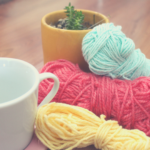
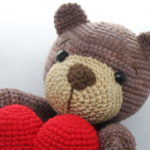
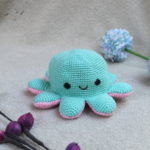
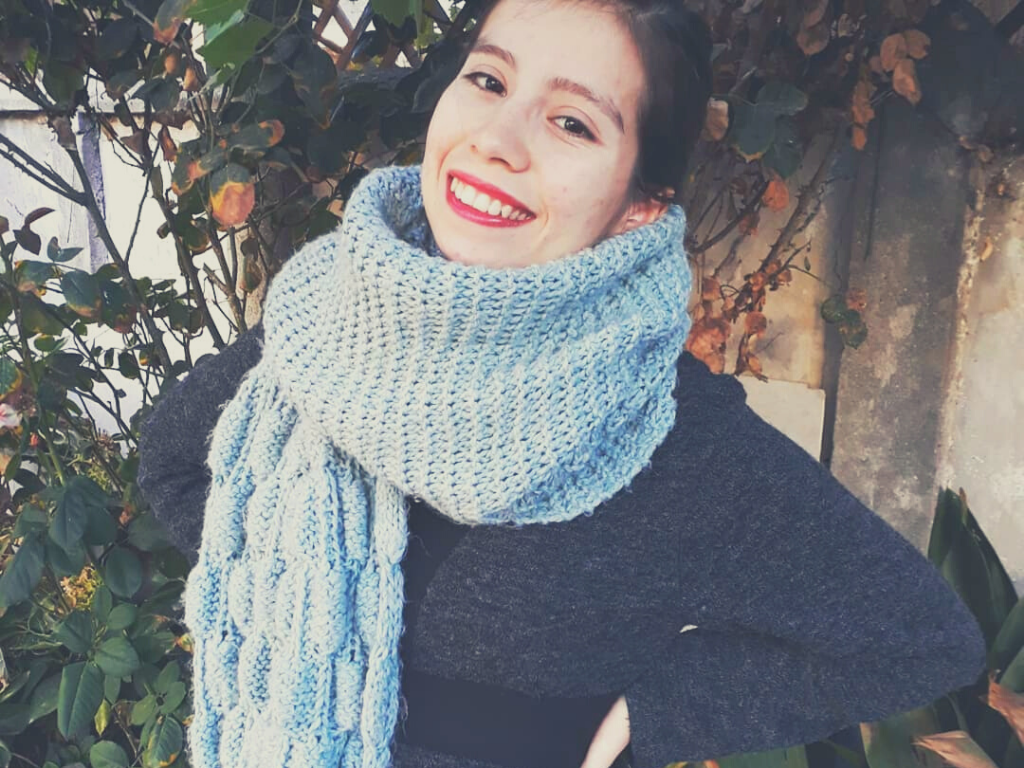
Louise Dauvin
Crocheter and Amigurumi designer
My name is Louise, but most of you call me Chantal (my second name). I’m an electrical engineer, MSc in Astronomical Engineering. However, when my job at the Observatory is done I become a crochet lover and Amigurumi designer. Give me a crochet, yarns and a cup of tea and I will be completely happy.
Chantal
My personal favourites

Interesting
Shop Amigurumi Patterns
HT Mega Addons
Explore
Join the community
HT Mega Addons
Find Tutorials
HT Mega Addons
